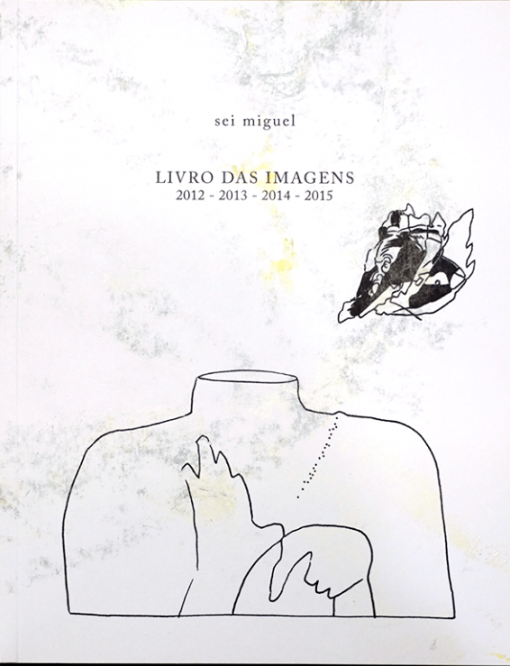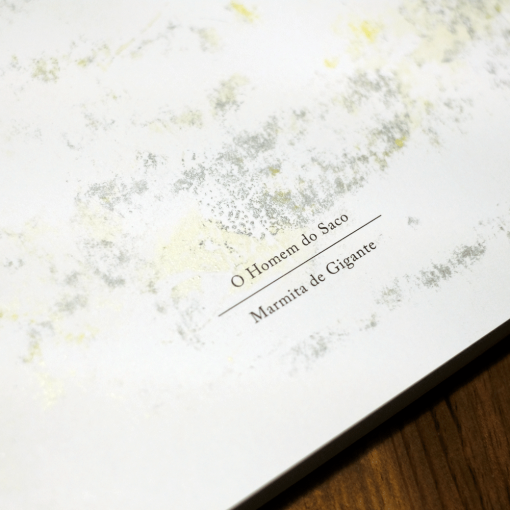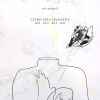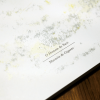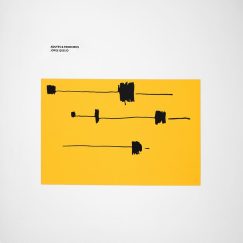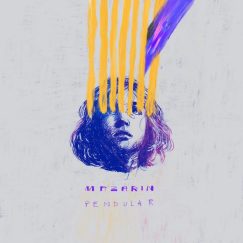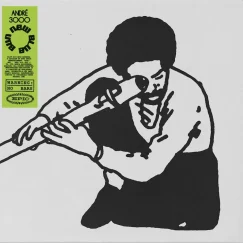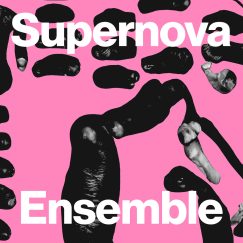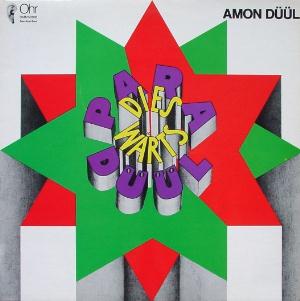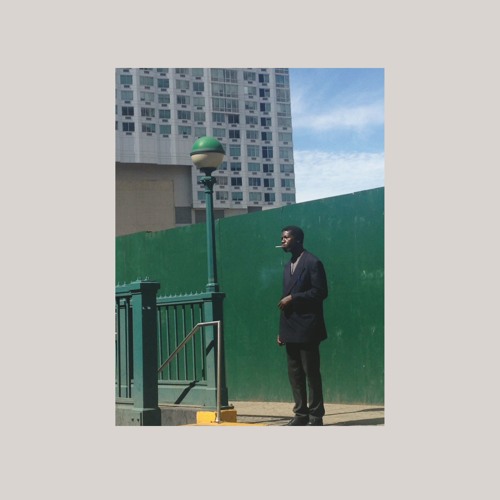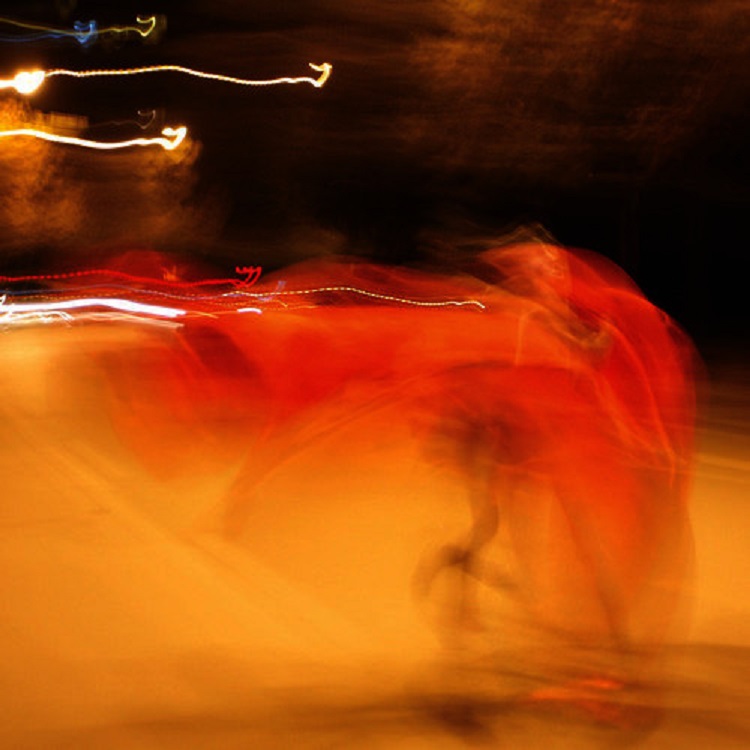Sei Miguel’s drawings are like a vague rumor in the memory of the Portuguese artistic milieu. From the episodic illustrations in Jornal de Letras to the fleeting appearance of his informal works on the pages of Colóquio Artes, the graphic work of Sei was, at the very least, a discreet presence in the panorama of the late 1970’s. Perhaps because of its timely visibility, perhaps because of the lack of an appropriate context for it, the fact is that, from the 1980’s onwards, his work in this area submerged into deep waters and did not resurface. This doesn’t mean, however, that drawing disappeared altogether from Sei’s daily life. Quite the contrary: as he was striving to conquer his place as one of the utmost references of Portuguese improvised music, he kept on practicing it thoroughly with the critical demand he applied to everything else.
The drawings assembled in “Livro das Imagens” (Book of Images) are loaded with the same rigor, forcefulness and expressive economy that characterize Sei Miguel’s sound. In their singleness, these are drawings “from the middle of the street”, as “from the middle of the street” is Sei’s music, not only in the sense that they do not want to (and never let themselves be) sheltered, but also in the sense that they were created to live and act in this place of communion and encounter that is the public space. Paradoxical as it may seem, these are pop drawings – as pop as the ideal that in the 1960’s envisioned the ecumenical encounter of culture, the place of the confluence of genres and the mixing of artistic positions, where all signs would finally inhabit the common ground of their free interpotentiation and the democratization of their senses.
And as with the pop utopia, Sei Miguel’s drawings are filled with expressions and graphemes, recognizable forms and others not so much, comic’s typical inscriptions and geometrical shapes, allusions to figures of mass culture and quotations from the most judicious erudition, reference to events of our common history and hints on potentially autobiographical episodes – all of these placed under the inclement light of high black and white contrast and traced in the current of a line that does not hesitate. Suggestion is, however, the most determinant of the characteristics of this “Livro das Imagens“. What is shown in it is as important as what needs to be guessed, which makes the tension between said and unsaid, between expression and its reverse, the most powerful bond of its unity.
(Bruno Marchand / ZDB Gallery)
Homem Do Saco/Marmita De Gigante
Additional information
| Weight | 350 g |
|---|---|
| Dimensions | 18 × 1 × 12 cm |
| Label | |
| Artist | |
| Genre |

